When I started my learning project, I had no idea how to draw faces, the only experience I had was drawing cartoons. (which are not very good)
Throughout the learning project I learned lots of different techniques that I am excited to keep practising to make my drawings better. A few things I learned were using guidelines and shading, along with learning how to draw each feature. The hardest thing for me was to draw the hair, and I could still use a lot of practice.
I learned early on that it was much easier for me to draw with guidelines, then without them. I found that if I didn’t use them my drawing ended up looking sloppy and inconsistent. I found that I valued the consistency that my drawings had when I used the guidelines.
The other thing that was completely new to me was shading/blending. Different videos showed different ways to do this such as using different pencils, your finger, a tissue or a q-tip. I found that I didn’t like the look of the drawings when I tried to use a pencil to shade/blend. I tried the finger and tissue, but they didn’t really work for me, I found that I didn’t have control over where I was blending and making the shading lighter or darker. The q-tip was the obvious winner, it was small enough that I had control of exactly where I wanted it blended and made the drawing smoother than the other techniques. Overall, I really enjoyed learning how to draw faces, it was something that I wanted to learn for a while and I’m glad that I finally got the opportunity to learn it.
For this project I found it the most useful to use videos to learn, I tried to find different channels to find different techniques every week I will list the channels that I used each week below.
RapidFire Art and Farjana Drawing Academy (eyes)

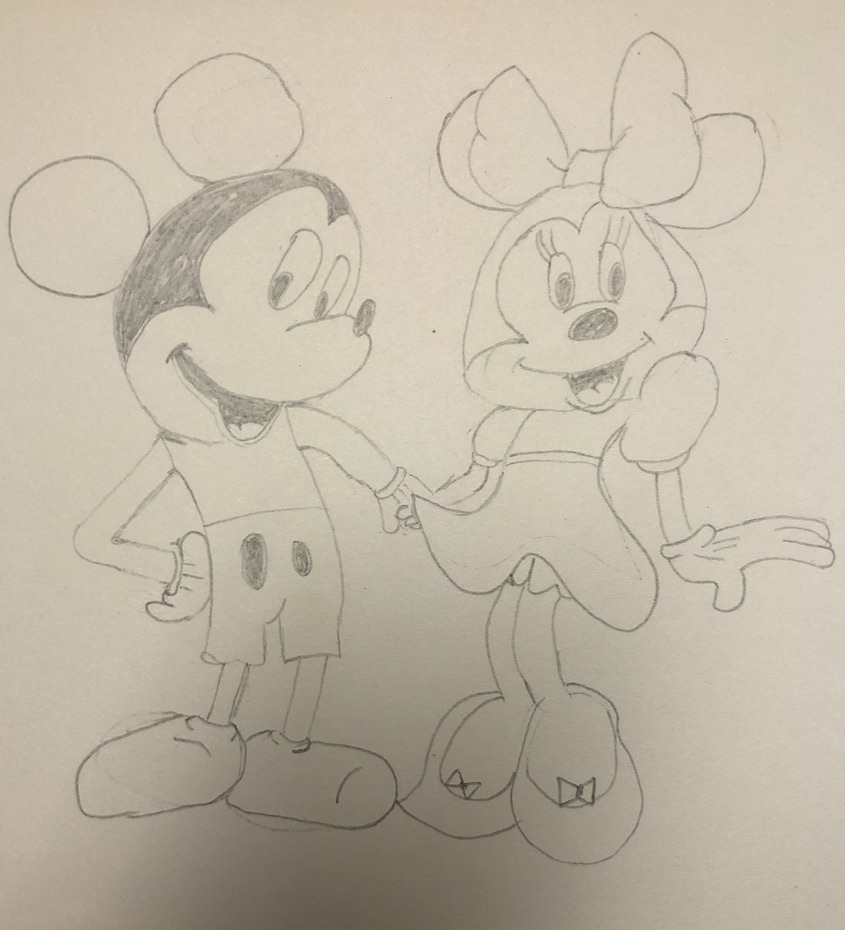
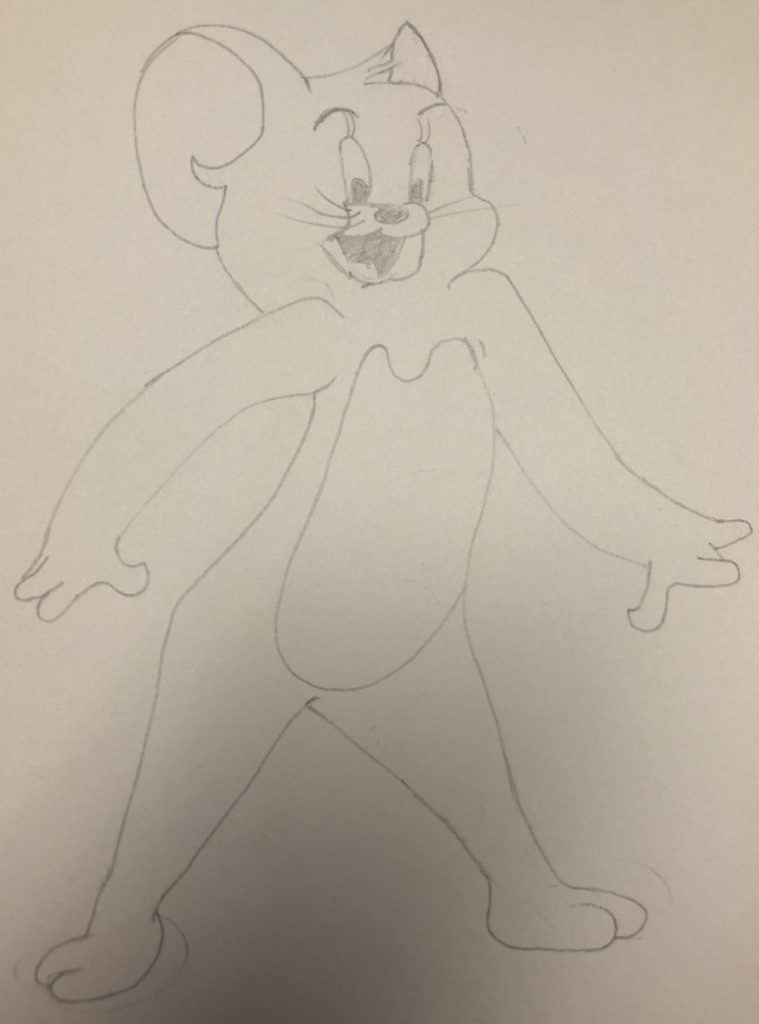
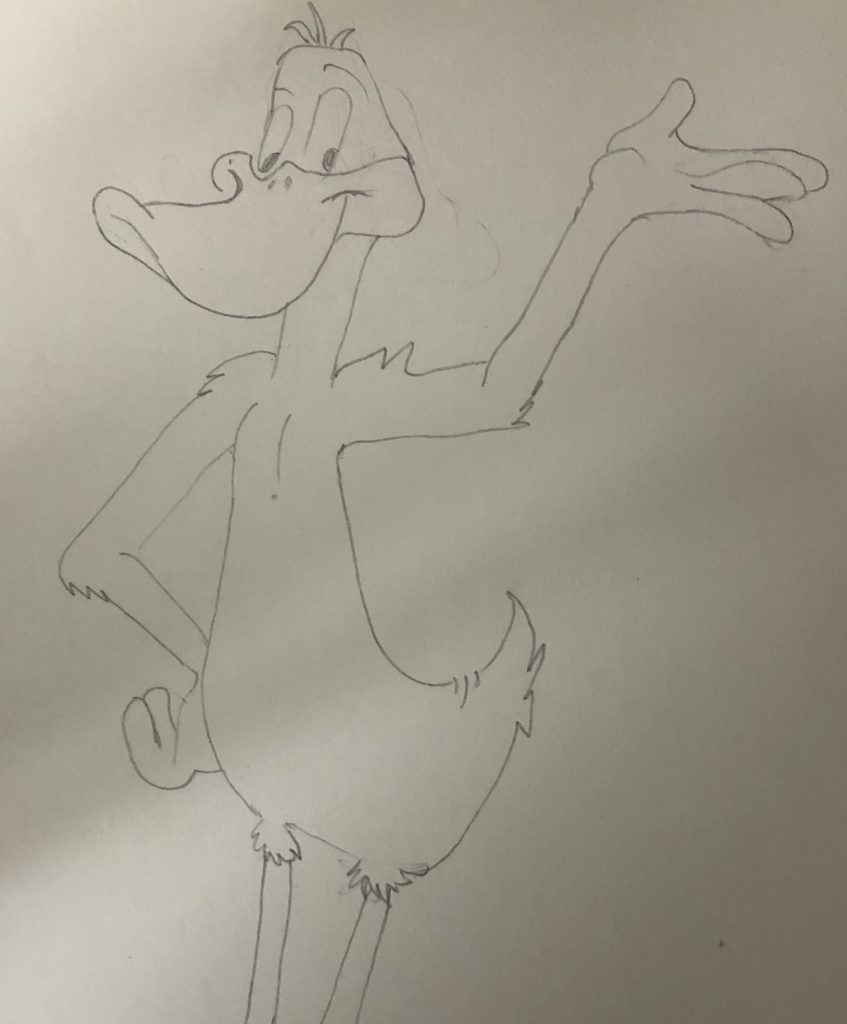
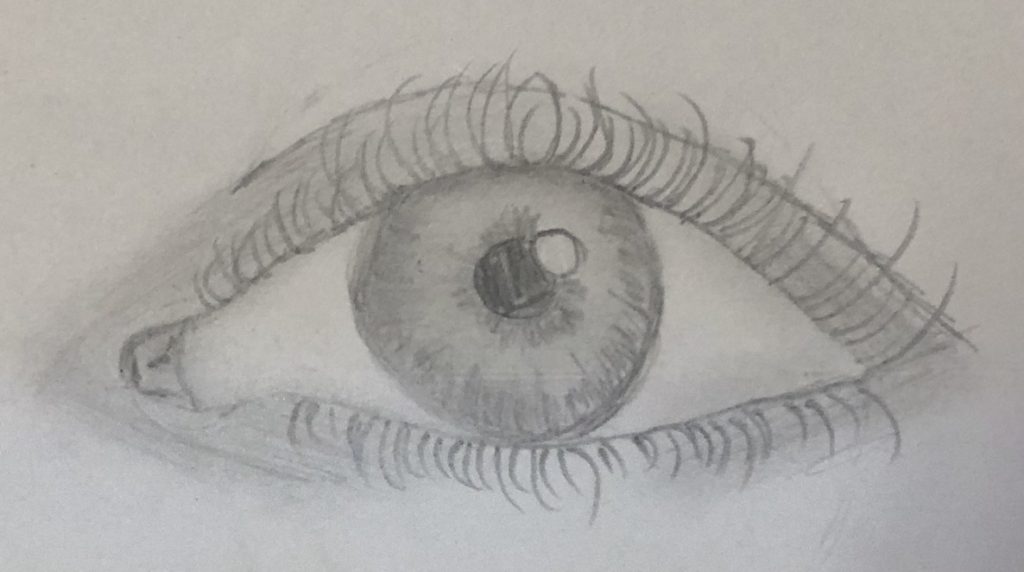
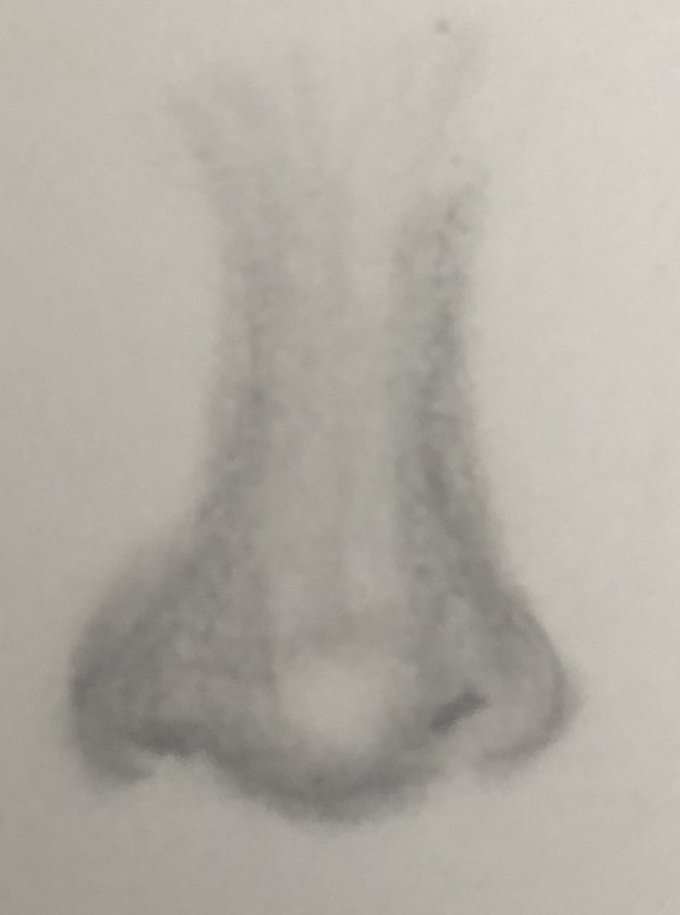
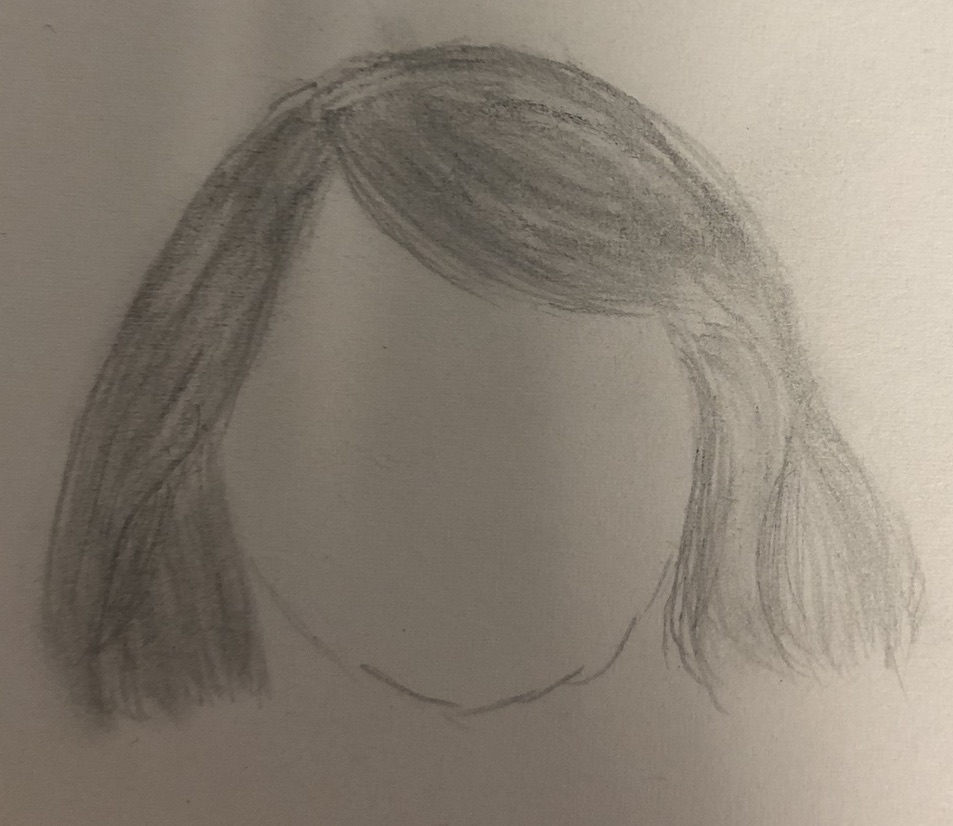
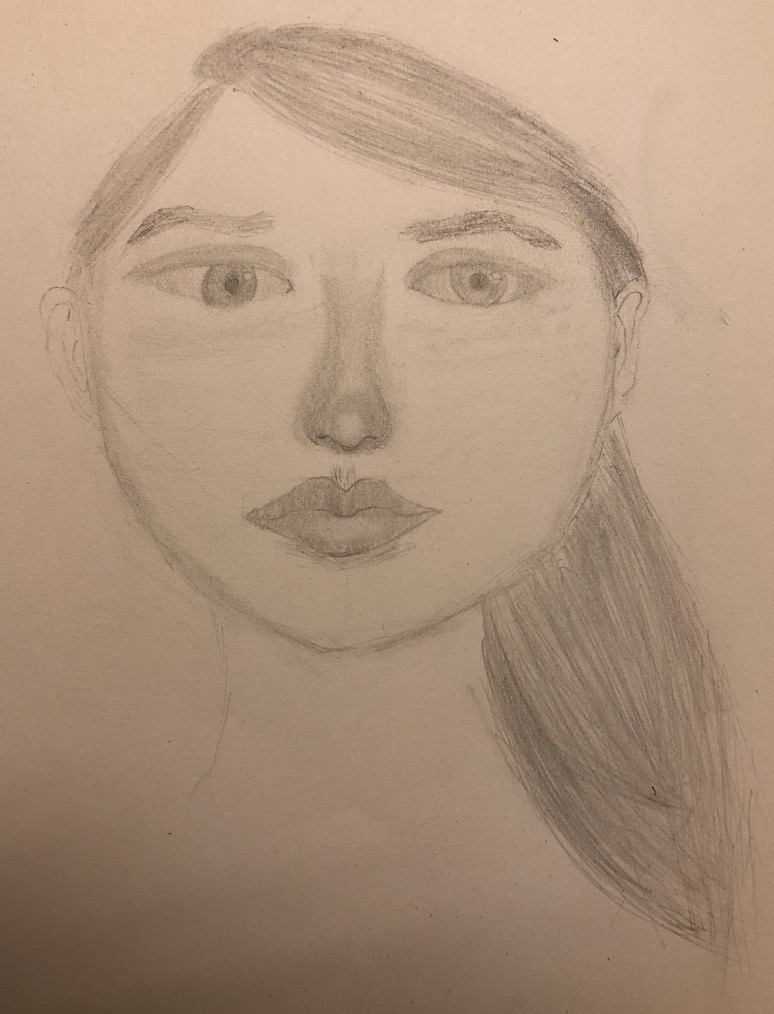
Leave a Reply